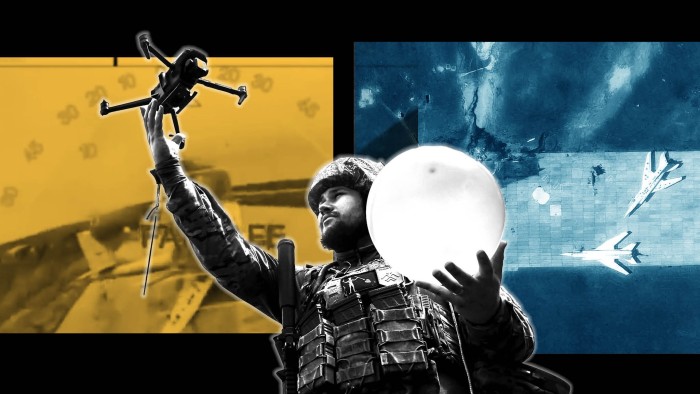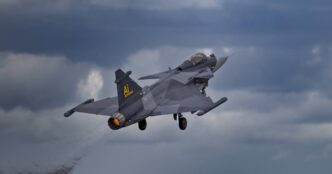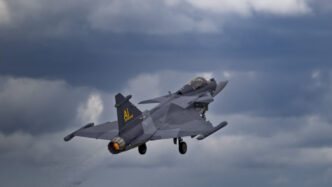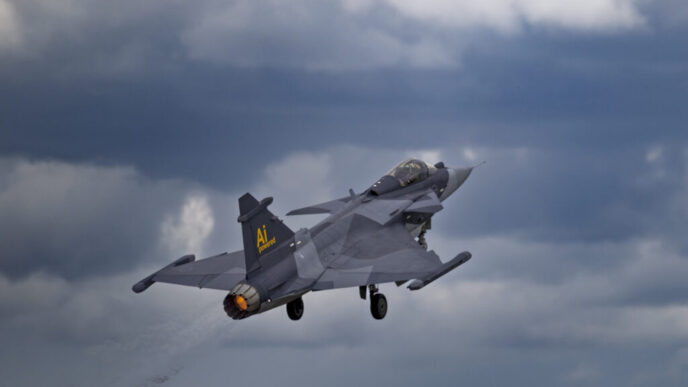Ukraine’s new AI-powered drones torch Russian airfields in “Operation Spiderweb”
Ukraine’s security service (SBU) hit four Russian military air bases this month with advanced quadcopters. The drones, made by First Contact, sparked thick black smoke and destroyed strategic bombers, showing Kyiv’s long-range strike reach — even beyond the Arctic Circle.
The drone bugs, named Osa, pack AI-driven autonomous flight and last-mile targeting tech. They keep flying their set route even after losing signal, and warheads detonate on target automatically.
Valeriy Borovyk, First Contact CEO, stressed the leap in drone tech:
“These are special drones for special missions, five times more expensive than normal drones.”
“Swarm drones, miniaturisation, ‘last-mile’ AI targeting . . . we need to prepare for all of this.”
The Osa drones feature enclosed frames to survive harsh weather and hide anti-jamming gear. It’s the "Mercedes" among battlefield drones, Borovyk said, unlike cheap knockoffs.
Yaroslav Azhnyuk, another Ukrainian drone creator, confirmed both sides are scaling autonomous systems fast:
“Both Ukraine and Russia are beginning to scale up their early stage autonomous capabilities.”
“Terminal guidance” tech lets pilots lock onto a target before AI takes over final attack.
Ukraine also just rolled out a drone carrier that flies 300 km and drops two FPV drones with autonomous nav and targeting.
On the flip side, Russian drones with autonomous target search and US game-console parts have been spotted by Ukraine’s military intelligence.
With jamming tech everywhere, drone warfare has turned into a high-tech cat-and-mouse. Ukrainian groups like the Prytula Foundation have delivered nearly 600 fixed-wing interceptors this year, shooting down 247 Russian drones.
“Why is Ukraine always finding new solutions? It’s always because we don’t have something,” said Bohdan Danyliv of Prytula Foundation.
“We didn’t have artillery shells, so we started using FPV drones. We don’t have enough… anti-air missiles — so we use interceptors.”
But challenges remain. Ukraine lags at deploying fiber optic drones that dodge jamming by flying with translucent cables. Russia’s use of these drones helped its May offensive push faster than since November.
Oleksandr Yakovenko, CEO of TAF Drones, admitted the mistake:
“When our enemy started using fibre optic drones in the Kursk direction, we initially thought that it wouldn’t be very effective, that it wouldn’t be used massively.”
“We need to make up to 70,000 fibre optics drones a month now with a range of 25km.”
The drone war in Ukraine is racing ahead, powered by AI and brutal necessity. Both sides are locked in a battle for technology and adaptation — and the sky is the front line.














